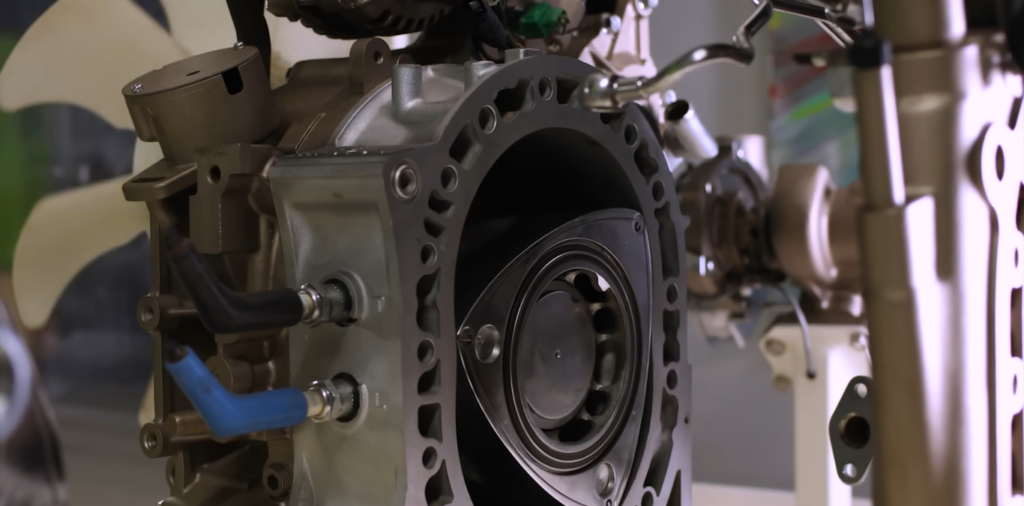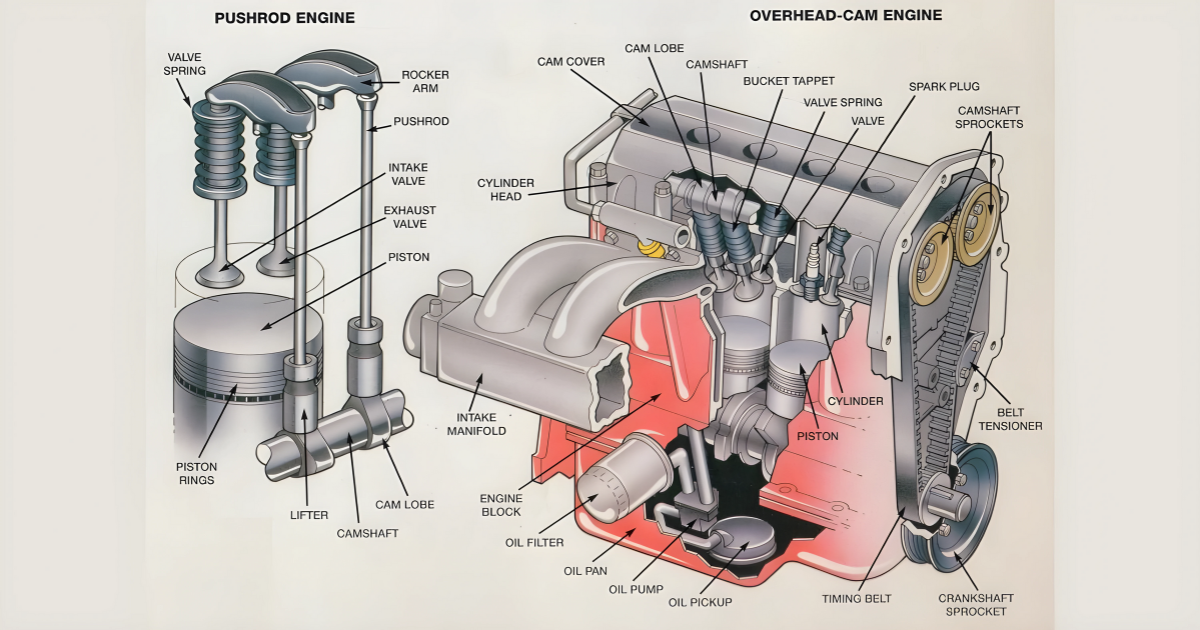Mazda has long been associated with innovation in the automotive industry, and one of its most groundbreaking contributions has been the development of the rotary engine.
In this article we will delve into the intricacies of the rotary engine, shedding light on its history, design, advantages, and Mazda’s legacy with this unique technology.
History of Rotary Engine

The rotary engine is a unique type of internal combustion engine that has been used in various vehicles, most notably by Mazda in their RX-7 and RX-8 models. Unlike conventional piston engines, rotary engines use a rotor instead of pistons, resulting in a simpler design with fewer moving parts.
The rotary engine was first conceived and developed by German engineer Felix Wankel in 1929. After World War II, Wankel continued to develop the rotary engine at NSU Motorenwerke.
Many big-name car companies began licensing the design to produce rotary engines, with a third of them located in Japan. However, Mazda was the toughest company to make rotary engines, eventually succeeding in their production.
Workings of Rotary Engine

Rotary engines have a four-stroke cycle like piston engines, consisting of intake, compression, combustion, and exhaust phases. However, the rotary engine has 270 degrees per stroke, while piston engines have 180 degrees per stroke.
This allows rotaries to breathe better and have more time for the power stroke, resulting in a 1.5 times higher power and torque output compared to a similarly sized conventional engine.
Disadvantages of Rotary Engines

Despite its advantages, the rotary engine has some disadvantages. Rapid wear leads to a shorter lifespan and higher heat waste due to the engine design. The 1973 oil crisis was the final nail in the coffin for dramatic advancements of the rotary engine in the US and Canada.
However, Mazda has continued to hang on to rotary engine technology. The RX-7 was a significant model in their lineup, and Mazda’s new rotary engine will be a small unit serving exclusively as a range extender for electric vehicles starting in 2022.
Rotary Engines in Modern Vehicles

The rotary engine’s unique design and advantages have made it a popular choice for car enthusiasts. Its simplicity and high power output make it an attractive alternative to traditional piston engines. However, its disadvantages, such as rapid wear and higher heat waste, have limited its widespread use.
Mazda’s continued investment in rotary engine technology is a testament to its potential. With advancements in technology, it is possible that rotary engines may become more viable in the future. For now, the rotary engine remains a unique and intriguing approach to internal combustion.
The Future of Rotary Engines: Mazda’s Ongoing Innovation

Despite Mazda’s advancements in rotary engine technology, challenges with reliability, environmental impact, and fuel efficiency ultimately led to the discontinuation of rotary-powered vehicles. However, Mazda has not abandoned its commitment to innovation.
The company has hinted at the possibility of reviving the rotary engine in the future, possibly in a hybrid or range-extender setup, showcasing its dedication to pushing the boundaries of automotive technology.
In Conclusion: The Legacy of Mazda’s Rotary Engines
In conclusion, Mazda’s rotary engines represent a unique chapter in automotive history, showcasing the company’s ingenuity and commitment to innovation. While challenges led to the discontinuation of rotary-powered vehicles, Mazda’s legacy with this technology continues to inspire future generations of engineers and enthusiasts.
As Mazda continues to innovate and push the boundaries of automotive technology, the legacy of its rotary engines remains a testament to the company’s pioneering spirit.





